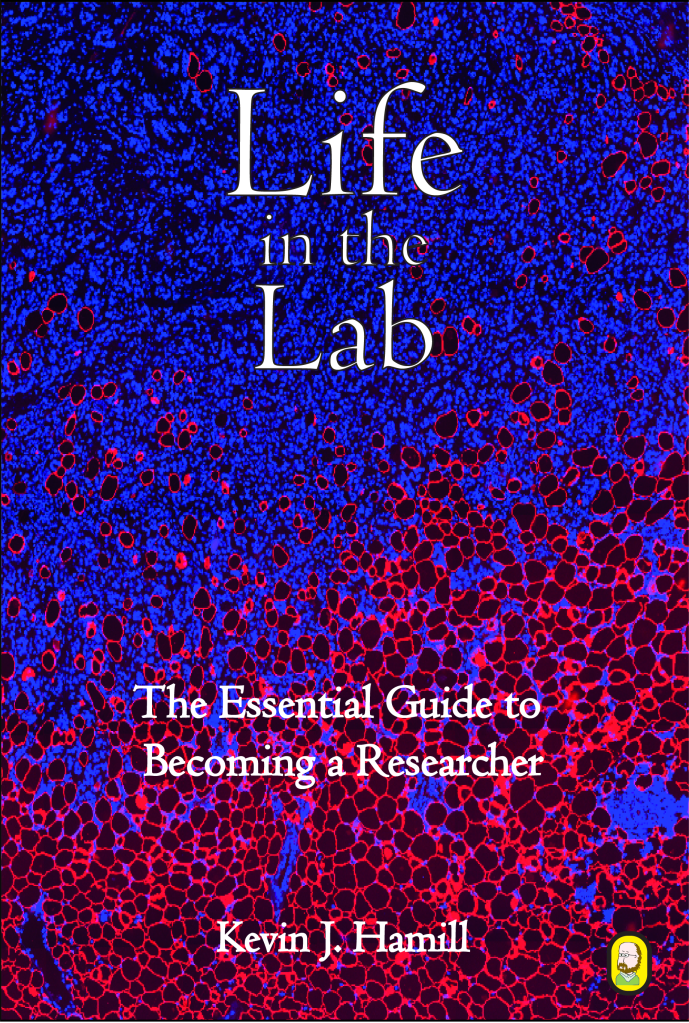Test yourself on mitosis and meiosis… explanations of answers below
Which part of a chromosome changes in length with each cell division?
Telomere
Centromere
Euchromatin
Heterochromatin
Kinetochore
Answer explanation
Click here
A telomere is a region of repetitive nucleotide sequence at each end of a chromosome. Each time the DNA is replicated, the telomere regions get shorter. This leads to a theoretical limit to the number of times a cell can divide until the telomere is so short that it inhibits division (50-70 cell divisions). This limit is known as the Hayflick limit. Once a cell hits the Hayflick limit, it enters senescence and stops dividing.
A whole bunch of enzymes are involved in DNA replication… Which of the following is responsible for:
Unzipping the hydrogen bonds between the bases of two DNA strands?
DNA helicase
Topoisomerase
Primase
DNA polymerase
DNA ligase
Telomerase
Unwinding of supercoiled DNA?
DNA helicase
Topoisomerase
Primase
DNA polymerase
DNA ligase
Telomerase
Binds a small stretch of RNA to an existing strand of DNA?
DNA helicase
Topoisomerase
Primase
DNA polymerase
DNA ligase
Telomerase
Joins the Okazaki fragments to create a continuous strand of DNA?
DNA helicase
Topoisomerase
Primase
DNA polymerase
DNA ligase
Telomerase
The questions above were self explanatory; these sort of Qs are easy when the answer is in front of you! Test yourself on these… what do the other enzymes do? Click the answer to confirm that you are correct
DNA polymerase
attaches to the RNA primer and extends in the 5′ to 3′ direction, adding complementary bases to form the new DNA strand
Telomerase
extends the sequence at telomeres. Tip – enzymes are named intuitively; after their function or target + -ase. Here you know it is an enzyme to do with telomeres.
How many cells are produced as a result of mitosis male, mitosis female, meiosis in a male, meiosis in a female?
mitosis male – 2, mitosis female – 2, meiosis male – 4, meiosis female – 1
mitosis male – 2, mitosis female – 2, meiosis male – 4, meiosis female – 4
mitosis male – 2, mitosis female – 1, meiosis male – 4, meiosis female – 4
mitosis male – 2, mitosis female – 1, meiosis male – 4, meiosis female – 1
mitosis male – 2, mitosis female – 2, meiosis male – 1, meiosis female – 1
Answer explanation
Click here
mitosis is the process of replicating a somatic cell – 1 cell becomes 2, not sex specific. Meiosis is the process of replicating a diploid cell to produce haploid gametes. In males, one cell becomes 4 spermatids that go on to become spermatozoa. In females, the first meiotic division produces a secondary oocyte and the first polar body, then in meiosis II a Ootid is produced along with the second polar body. The ootid then differentiates to become an Ovum. The polar bodies are broken down. Therefore, in females the product of meiosis is 1 cell
At which stage of the mitotic cell cycle is there the highest ratio of DNA to cytoplasm?
End of S phase
Beginning of G1 [phase
End of G2 phase
Beginning of metaphase
End of telophase
Any point in G0
Explanation
click here
Let’s define the DNA/cytoplasm ratio as “X:Y” at G0. During G1 the cellular machinery needed for DNA replication is produced, the cell grows. Ratio of DNA to cytoplasm changes to X:~1.6Y During S phase, the DNA doubles, therefore at the end of S we have 2X:~1.6Y (highest ratio). Then during G2, there is more growth in preparation for metaphase. Ratio becomes 2X:~2Y. This ratio stays about the same until the cells divide
Which of these mechanisms are ways in which meiosis increases the diversity within a population?
independent assortment of chromosomal homologs and homologous non-sister chromatid exchange
independent assortment of chromosomal homologs and chromosomal non-disjunction
homologous non-sister chromatid exchange and chromosomal non-disjunction
centromere sliding and telomere inversion
Spontaneous introduction of transposable elements and microsatellite repeat expansion
Explanation
Click here
During meiosis each sperm generated has one of the two copies of each chromosome in the father and the egg has one of the two options from the mother. If we use AB CD to represent two of the pairs of the father-derived chromosomes and ab cd for the matching mother-derived chromosomes, then a gamete could be Aa Cc, Ab Cc, Ab Cd, Aa Cd, Ab Dc etc. Scale that for the 26 chromosomes and you have large scope for variation. The second method is recombination between the sister chromatids. When the paternal and maternal homologs line up in prophase I, crossing over can occur resulting in hybrid chromatids with part maternal part paternal.
Klinefelter syndrome occurs in approximately 1 in 500 live births. People with this syndrome have XXY chromosomal make up. What causes this to happen?
non-disjunction of the X chromosome in the mother
non-disjunction of the X chromosome in the father
non-disjunction of the X chromosome in either the mother or father
Non-disjunction of the X chromosome in the mother OR of the X-Y in the father
Explanation
Click here
The extra chromosome can come from either the mother or the father. For the father, the X and Y should separate at meiosis- I. If they don’t, the result is one cell with one X only (giving rise to one sperm with no sex chromosomes, while the other has one Y and 2Y. These then separate in meiosis II to give a sperm that has X and Y, and another with Y only. On the mother’s side, non-disjunction of the X chromosomes at meiosis II is the potential issue. Paternal and maternal non disjunction happen approximately with equal frequency.
Found these useful? You might also like these…
Support the blog and your science career by buying this guidebook to life in the lab. Experimental design, careers, data analysis, writing, presenting, it’s all in there. Available from Amazon or ask your library.


